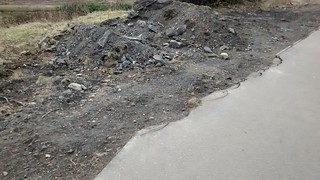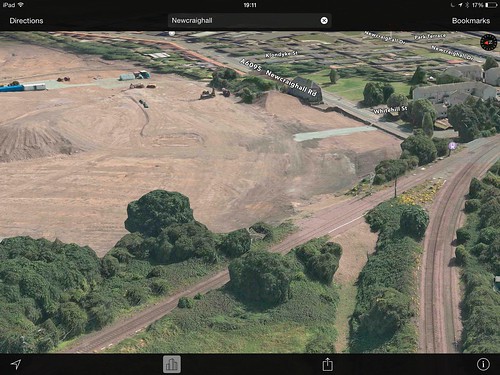Of course there is a greater value in keeping the continuity of a railway route wayleave. The cycle path from Elderslie (actually from Paisley Canal for some of it) to Kilmacolm also carries Scottish Power telecontrol cabling, and a fibre optic trunk route, both of which provided support in cash and/or kind for the cycle route, and saved the owners of the cable a substantial sum and major delays which would have arisen if they had had to lay their cabling in the A761 200-400 metres at a time with traffic controls.
In preserving the old rail lines network Edinburgh has (had - opinions may vary) a great resource which could even permit rail re-use if required, noting that with a robust position it is possible to deliver a restored rail route, and a realigned cycle route, especially if light rail, electric 'trains' are used, with their ability to handle steeper gradients etc.
Getting all potential allies on-side can provide a key way to keep the 'transport corridor' intact. In retrospect I think that 'selling the potential of the cycle route plus reopened rail line, on the shortest distance between Edinburgh and Glasgow, as a wayleave also for communications and other utilities, might have delivered a faster and better completion of the relocated cycle route.
That and having a more robust clause concerning the delivery of the relocated cycle route comtemporous with the opening of the new railway.





 posts
posts
